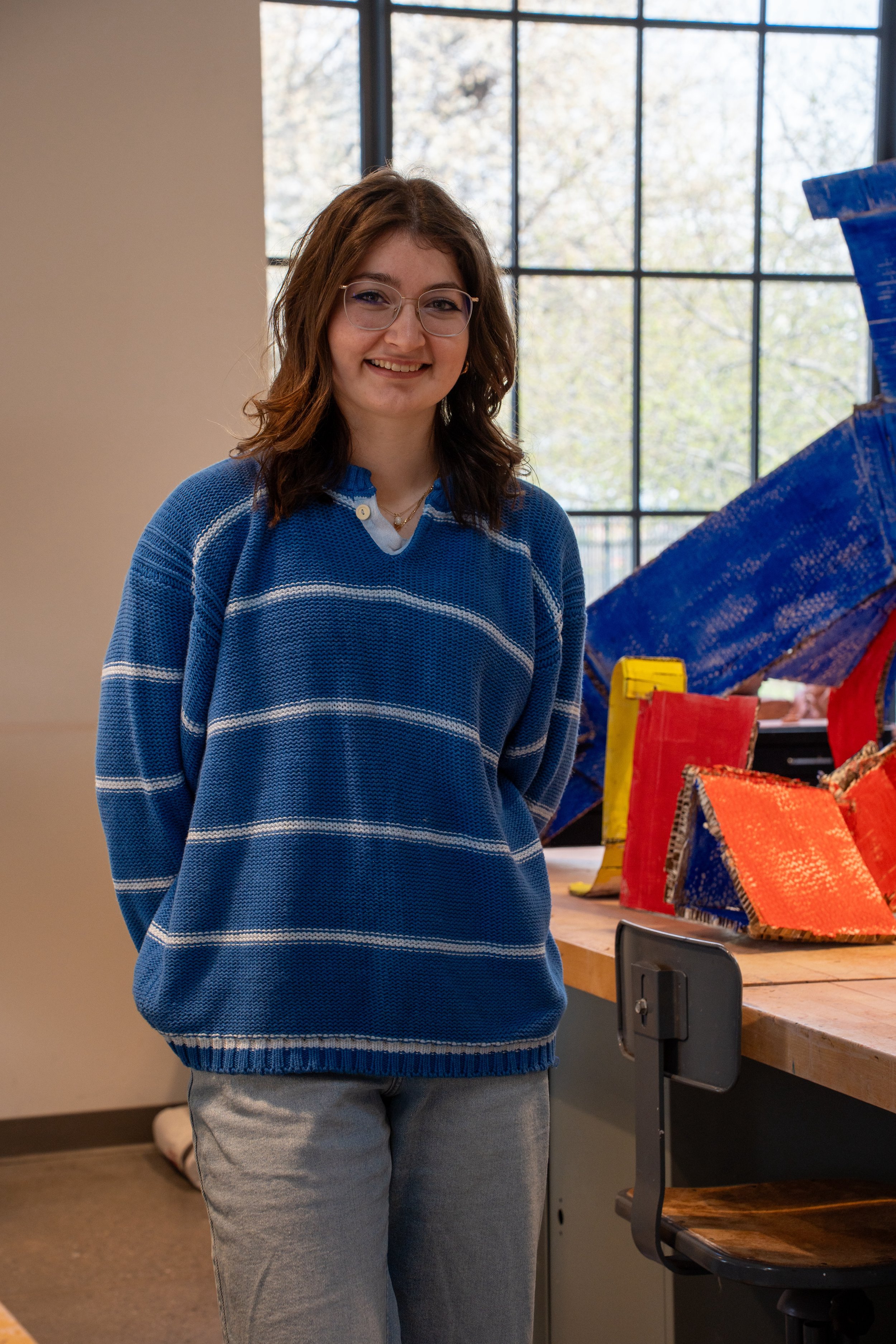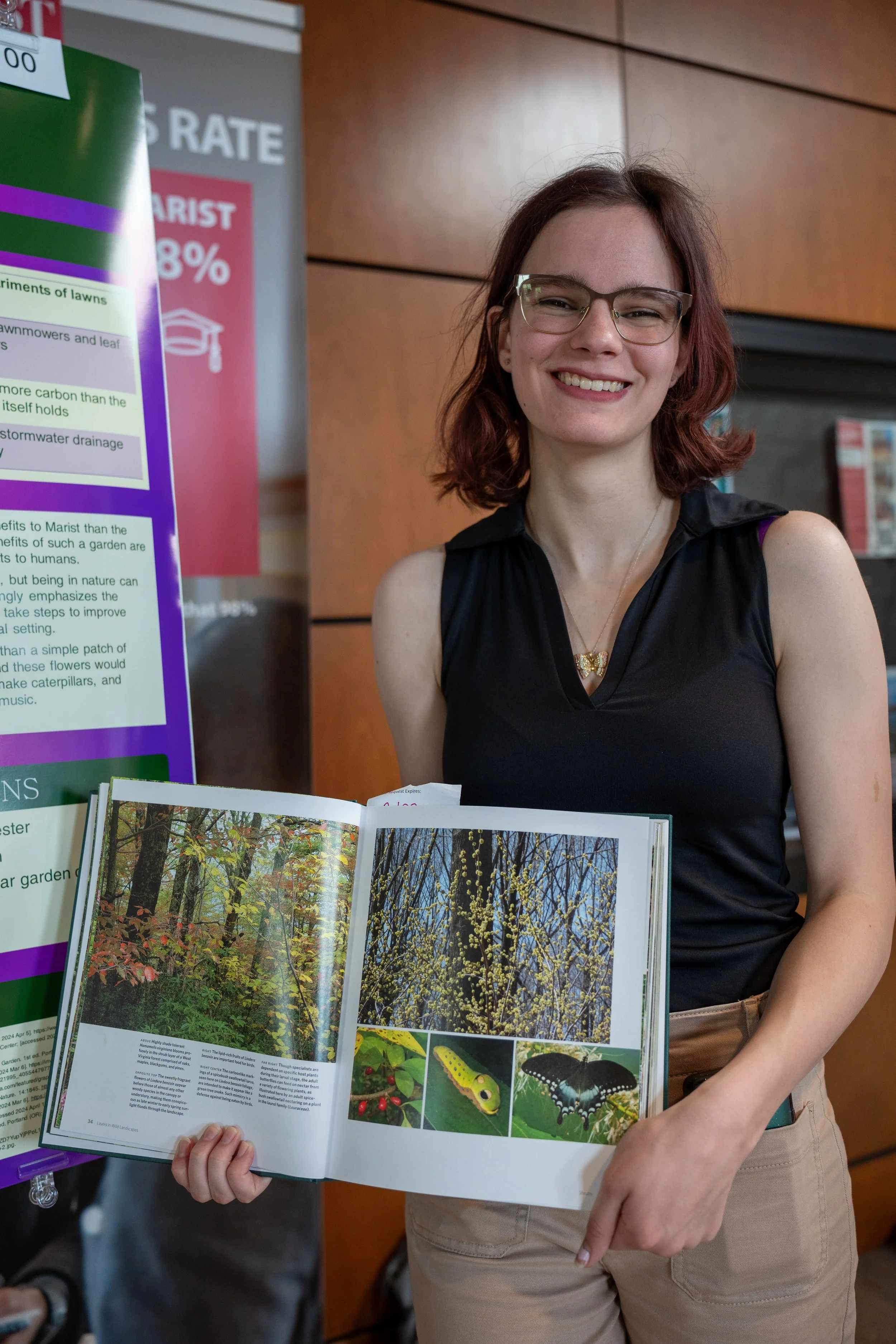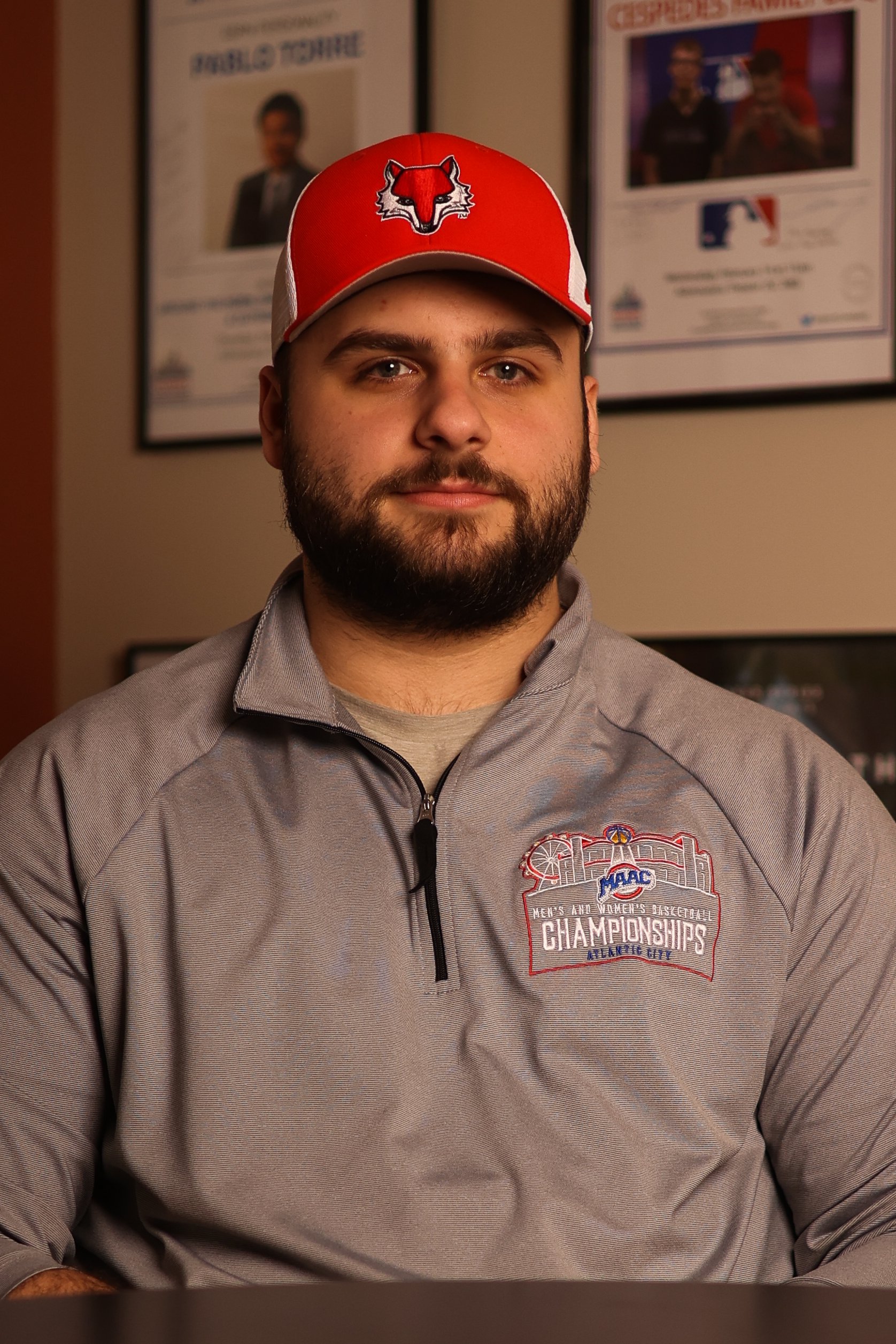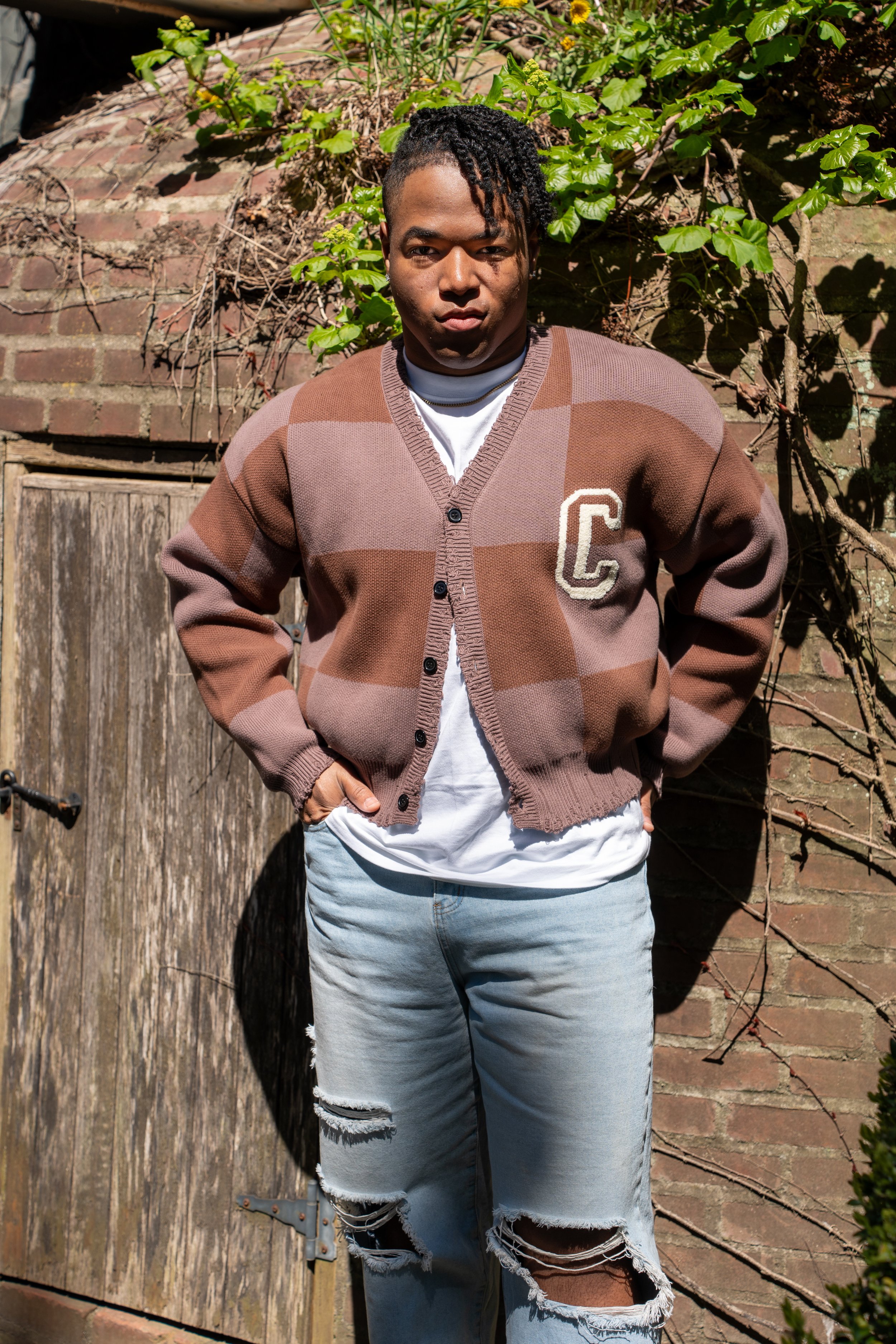For the Love of History
STORY By Emma Denes
When then-high schooler Alex Prizgintas ‘22/‘24M presented a lecture on Orange County’s dairy farms at a 2017 conference for the Association of Public Historians of New York State — the same conference where Marist College’s Hudson River Valley Institute just so happened to be in attendance — he made quite the impression.
“There’s a well-presenting young man with a little microphone, standing behind an array of milk bottles in milk crates, and he’s got the slideshow up behind him; it’s like a TED talk,” recalled Chris Pryslopski, senior program director of HRVI. “It’s not what you expect at the Public Historians of New York State conference; most [in attendance] are in excess of 60 years old.”
The same day of the conference, Prizgintas traveled to Marist to submit his undergraduate admissions application. A few short years later, he graduated from the College, majoring in history and minoring in Hudson River Valley regional studies, giving him abundant historical knowledge.
Equipped with a master’s of public administration from Marist as of January, Prizgintas now finds himself educating others. He taught a course in April on neglected stories of the Hudson River Valley for the Center for Lifetime Study, an educational program run by Marist for those 55 and older. In addition, he presents lectures every year at community centers, libraries and senior centers on topics ranging from the material culture of the former Jewish Borscht Belt vacation region of the Catskills to the history of local New York State railroads.
Reflected by his 2024 calendar, Prizgintas keeps a busy schedule, with events sprinkled across the tri-state area that engage both academic and popular history. “I always appreciate an academic writing style, especially in terms of citing and source information,” he said. “But I do enjoy writing with a tone and certain vocabulary that attracts the popular reader; in my lectures, I like to merge both worlds.”
His work’s scholastic foundation stemmed from when Prizgintas interned twice with HRVI while at Marist. His first time as an intern in the spring of 2021 saw him study the Ellenville Glass Works, which he would write about a year later in a published article for the Institute’s “Hudson River Valley Review.”
“It doesn’t happen all the time, but I got to nerd out with this student who knew more than me about [the Ellenville Glass Works], and we’re going back and forth between screens and looking at this map and looking at that map and grabbing something from the Library of Congress that’s 200 years old,” said Pryslopski.
During his second internship in the fall of 2021, Prizgintas researched Frederick Law Olmsted — the 19th-century landscape architect who designed the U.S. Capitol Grounds and Central Park — and produced a video podcast episode about Olmsted’s influences in the Hudson Valley.
But above all else, Prizgintas is perhaps best known for his inclination towards the history of dairy farms and the milk bottles that tell their stories. His curiosity for this specialized subject began early on when a neighbor up the street, Herman Galberd, introduced him to the Woodbury Historical Society and allowed him to join at just 11 years old. Galberd gave Prizgintas his first milk bottle — and now, years later, Prizgintas serves as the Society’s president.
Illustration by Izzy Nuzzo
It wouldn't be until 2015 when Prizgintas turned his propensity for collecting milk bottles into a full-fledged passion for the history behind them by debuting his lecture on Orange County’s dairy farms and their milk bottles for the Hudson Valley Bottle Club.
“Back then, I had about 200 milk bottles, and I brought them all in these wooden containers, and for the bottle collector-orientated audience, that was perfect,” said Prizgintas. “Later, that started getting featured at local libraries and historical societies, and it became clear that the focus needed to shift. That’s where there was the shift from being a collector to a historian and inquiring behind the different facets of this history.”
His Orange County Milk Bottle Museum, which hosts a public house every summer, boasts a collection of over 800 bottles. Moreover, Pulitzer Prize-finalist and American historian Philip Dray is currently editing Prizgintas’ book manuscript on the history of dairy farming and milk transportation in Orange County, New York.
Prizgintas’ fascination goes beyond the bottles themselves and into the narratives behind these artifacts that connect with people of all ages. “He’s got that ability to meet his audience, wherever they are,” said Chris Pryslopski. “It’s phenomenal — I don’t know too many, myself included, who can do it as well as he does it as often as I’ve seen him do it.
Despite fraternizing with the likes of local history celebrities, Prizgintas keeps his favorite mentors in the family, crediting his parents as his biggest supporters as he navigates unique career interests and a diagnosis with autism spectrum disorder.
“When I was three-and-a-half years old, my father made sure to have the time to drive me 30 minutes to and from a preschool that addressed my autism. Each day, our trip was an adventure,” he said. “I wasn’t talking yet, so my dad would fill the space with the names of every street and town as we took the trip. Later, he would intentionally make mistakes, and I would correct him. I guess that’s where my curiosity about towns, maps and history began.”
When not lecturing on local history, Prizgintas turns to his passion for playing music in various genres and programs, from British Invasion to Broadway. A pianist and cellist, he performs concerts annually, supported by a community arts grant from the Orange County New York Arts Council he received last year.
With the help of his father, Prizgintas plans to start bridging the gap between his interests by adding historical narrative and other communicative elements. “We’re even developing adding PowerPoints in a way, to add some visuals while I’m performing, and perhaps some historical slides, so we want to keep making the experience unique for our audiences.”
For now, Prizgintas remains committed to his unique passions and continues his volunteer and presentation work. In the meantime, Pryslopski poses an open question about the young historian’s future.
“What’s going to happen if somebody with Alex’s background and diversity of interests steps into a leadership role at a historical site? I look forward to seeing that, as well as what else he does… given the depth and breadth of his interests.”
But no matter what Prizgintas intends to do, his enthusiasm for uncovering the stories of the past will never waver. According to him, developing a love for history can be as simple as looking in your own backyard.
“It’s amazing and almost awe-striking to me how some well-known landmarks and sites, past and present, go quite literally unnoticed today,” said Prizgintas. “I think having even a very rudimentary knowledge of your local history is essential to bonding better with your community and, in turn, helping to benefit and create more relationships and awareness among others.”
Photography by Christopher C. Smith
Video by Rebekah Hendricks, James Lanci and Christopher C. Smith
















